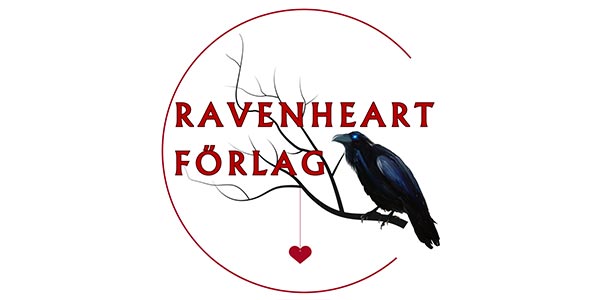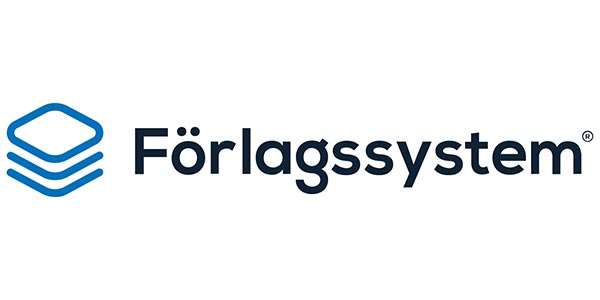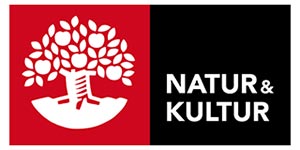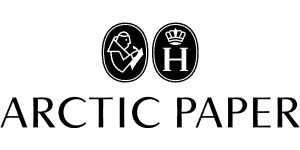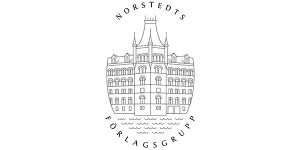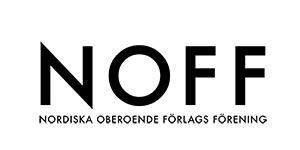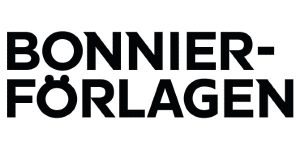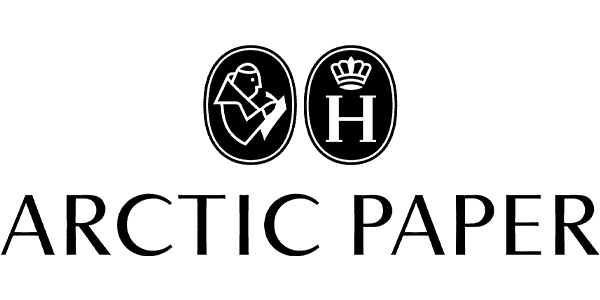
Die schwedische Rezeption zentraler Begriffe der deutschen Frühromantik Schlüsselwortanalysen zu den Zeitschriften Athenäum und Phosphoros
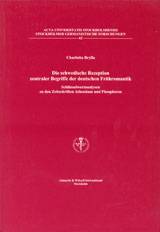
| Författare | |
|---|---|
| Förlag | Acta Universitatis Stockholmiensis |
| Format | Häftad |
| Språk | |
| Antal sidor | 268 |
| Vikt | 0 |
| Utgiven | 2003-01-01 |
| ISBN | 9789122020301 |
The present thesis illustrates the German influence on the Swedish Romantic Movement around 1800 from a linguistic perspective, the method being contrastive analysis of how the central German and Swedish concepts Anschauung/åskådning, Einbildungskraft/inbillningskraft, Phantasie/fantasi, Enthusiasmus/entusiasm, Gemüt/gemyt and Genie/geni/snille are used in the programmatic journals Athenäum (1798-1800) and Phosphoros (1810-1813).
In what contexts are these concepts used, what are their principal connotations, in what collocations do they appear and what semantic shifts can be established from the material? The major issue concerns the testing of key word criteria elaborated by German scholars, notably the so-called Düsseldorfer Gruppe. The analyses of the German and Swedish texts show that the above-mentioned concepts meet their criteria for key words, the exception being Swedish gemyt, which takes over semantic components from German Gemüt hut never achieves key word status.
The investigation clearly shows that the German concepts in Athenäum had a considerable impact on those of the corresponding Swedish Ones in Phosphoros, particularly at a connotative level. The present study provides linguistic evidence for the long-standing claims of literary and historical scholars about the influence of German Romanticism on its Swedish counterpart.
The most significant quality of the analysed concepts proved to be their metalinguistic capacity of constantly giving rise to comments in actual discourse, explicitly or implicitly. Previous research has demonstrated that key word status is achieved when a new meaning is introduced. This view is corroborated in the analysed contexts, where the concepts either show a new denotative or connotative meaning or comment on an on-going conceptual discussion. A conspicuous feature is that the words at issue here share semantic components to a great extent, all of them being concerned with the creative process. Einbildungskraft, Phantasie and Enthusiasmus can all signify the divine inspiration that Genie is provided with by means of Gemüt and Anschauung. As a consequence, the investigated concepts tend to appear in clusters, illustrating their programmatic function as key words representing the ideas of the Romantic Movement.


